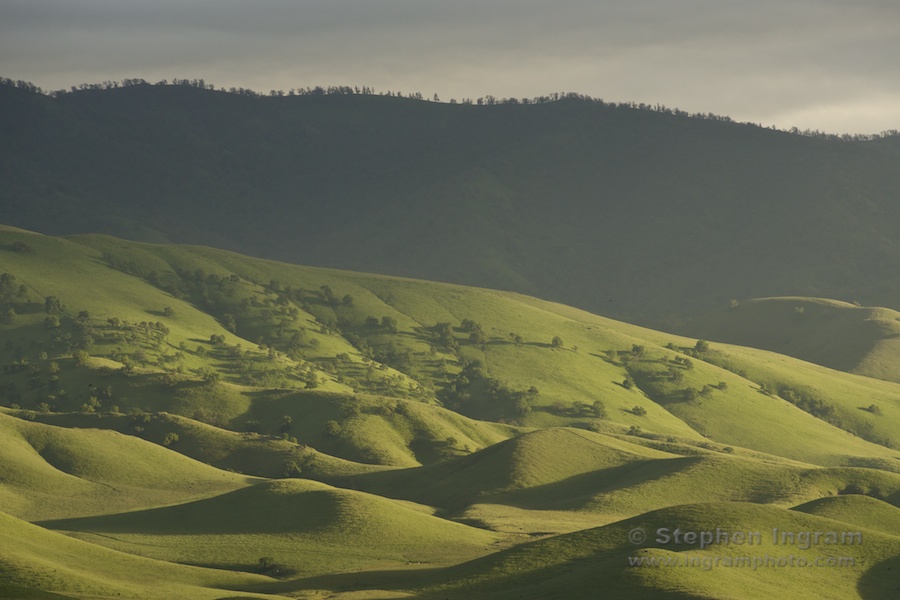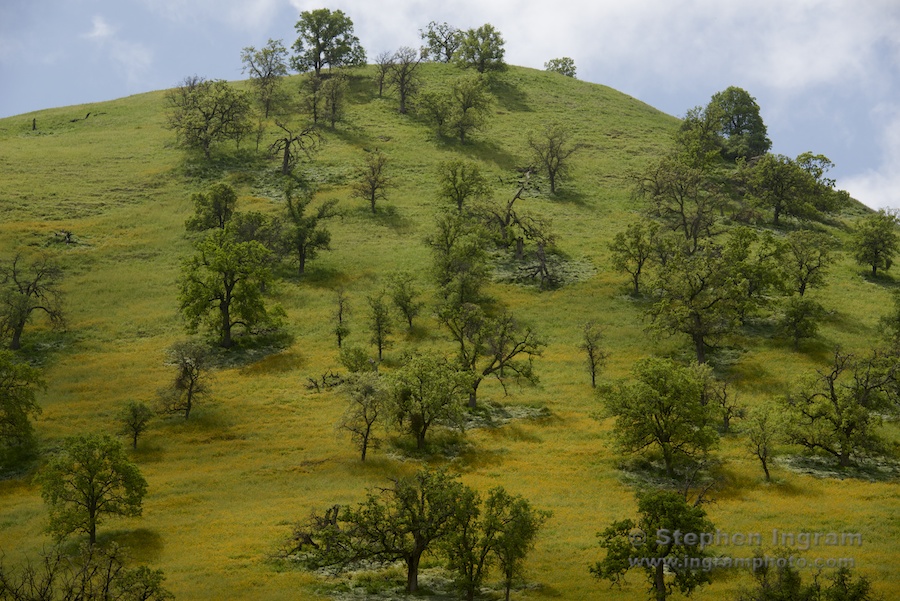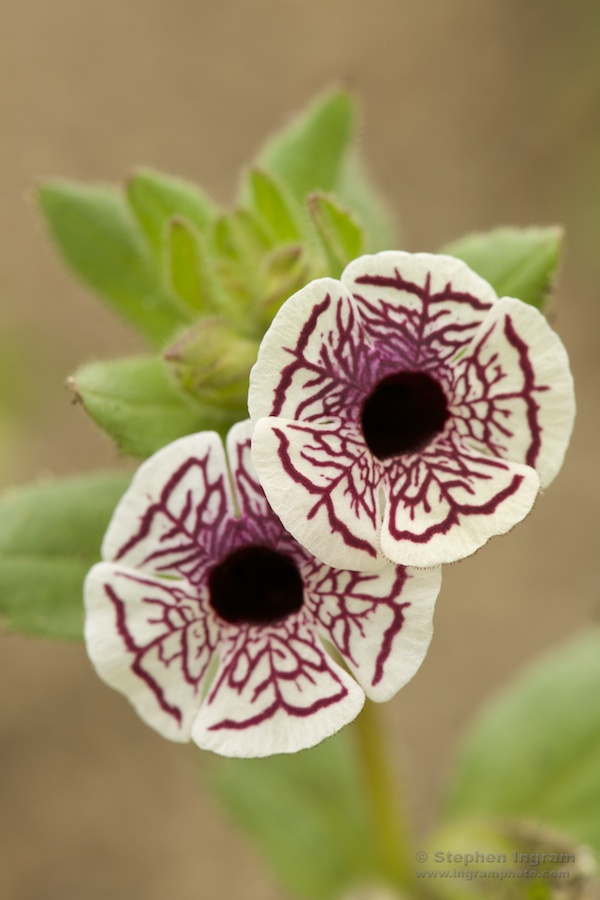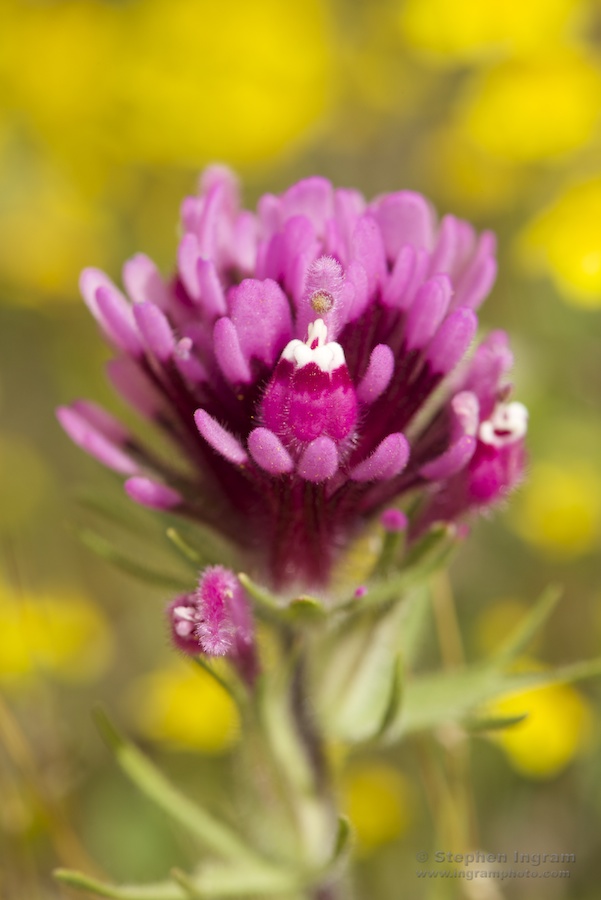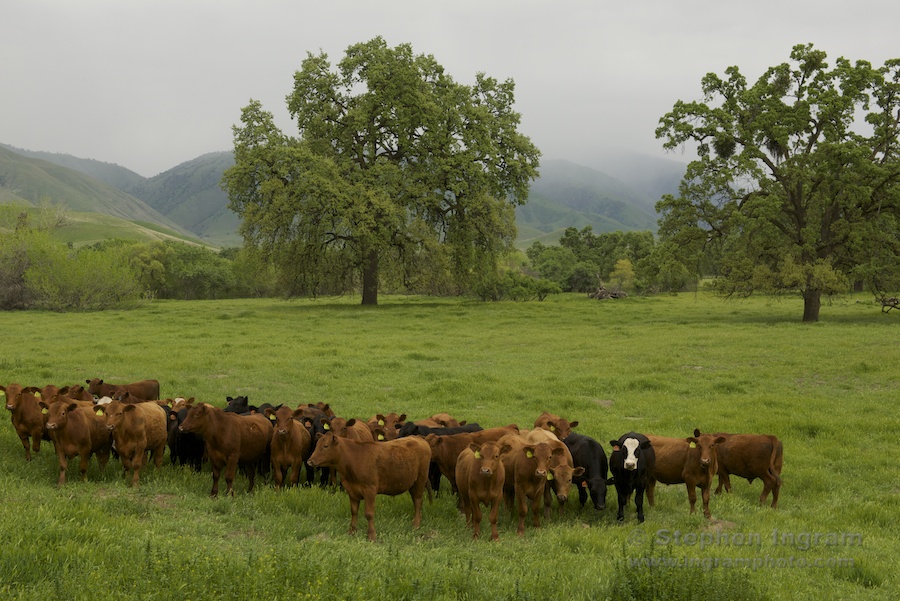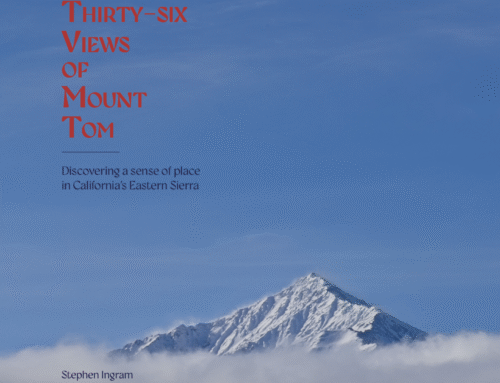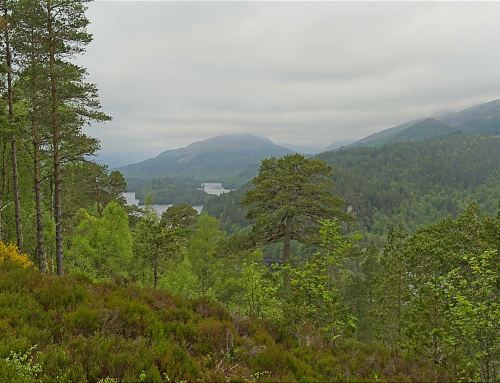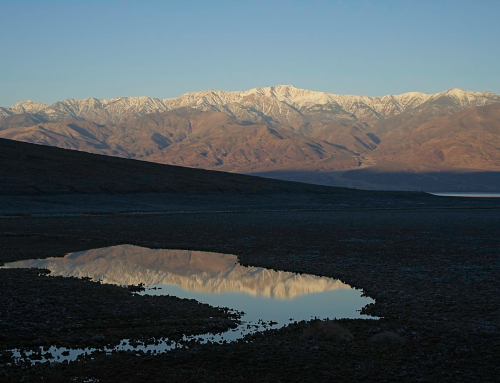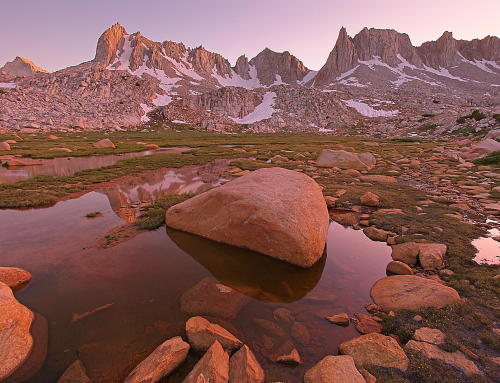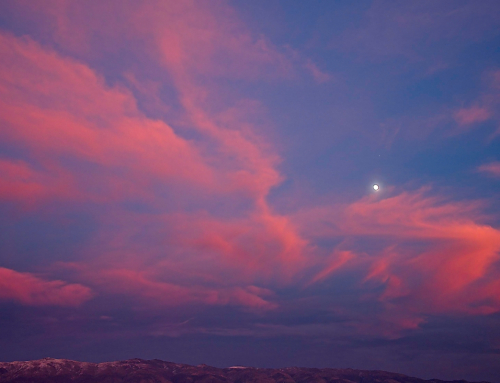In early April I had the opportunity to spend three days at Tejon Ranch, searching out rare plants and seeing much of the largest privately held piece of land in California. I was one of 16 who signed up for this popular Jepson Workshop, lead by botanists Nick Jensen, Neal Kramer, and Maynard Moe. These botanists have worked and collected specimens here for years, and know the flora of Tejon Ranch VERY well.
Tejon Ranch stretches eastward from the Tejon Hills at the western edge of the San Joaquin Valley, south to the Antelope Valley (south of Hwy 138), and north through the Tehachapi Mountains to Hwy 58 northwest of Tehachapi, encompassing 27,000 acres (425 square miles) of hills, ridges, and canyons. Tejon Ranch has been called “a biogeographic crossroads” because it includes four distinct bioregions, and a multitude of plant habitats from 420 to 6,800 feet in elevation. Although this huge ranch accounts for “only” ¼ of 1% of California’s acreage, it includes 14% of the native flora of California — 1066 taxa — and over 20% of the vegetation types identified for our state.
The geological diversity here produces some rare soil types and an incredibly diverse array of plants, 54 of which have a California rare plant ranking. The Tejon Hills, with 15 rare plants, have been nominated as a CNPS Important Plant Area (IPA). Thanks to the comprehensive work of Nick Jensen, Neal Kramer, and other botanists, many new populations of rare plants have been discovered recently, significant range extensions of some species have been noted, and potentially new species of Claytonia, Diplacus, and Lomatium have been collected. In addition, a new species of Streptanthus will soon be described by Nick.
The rains of March made for a surprisingly good display of annual wildflowers, and stormy weather during the workshop just added to the appeal of the areas we traveled to. Photos of some of the botanical highlights of the workshop are included here.

